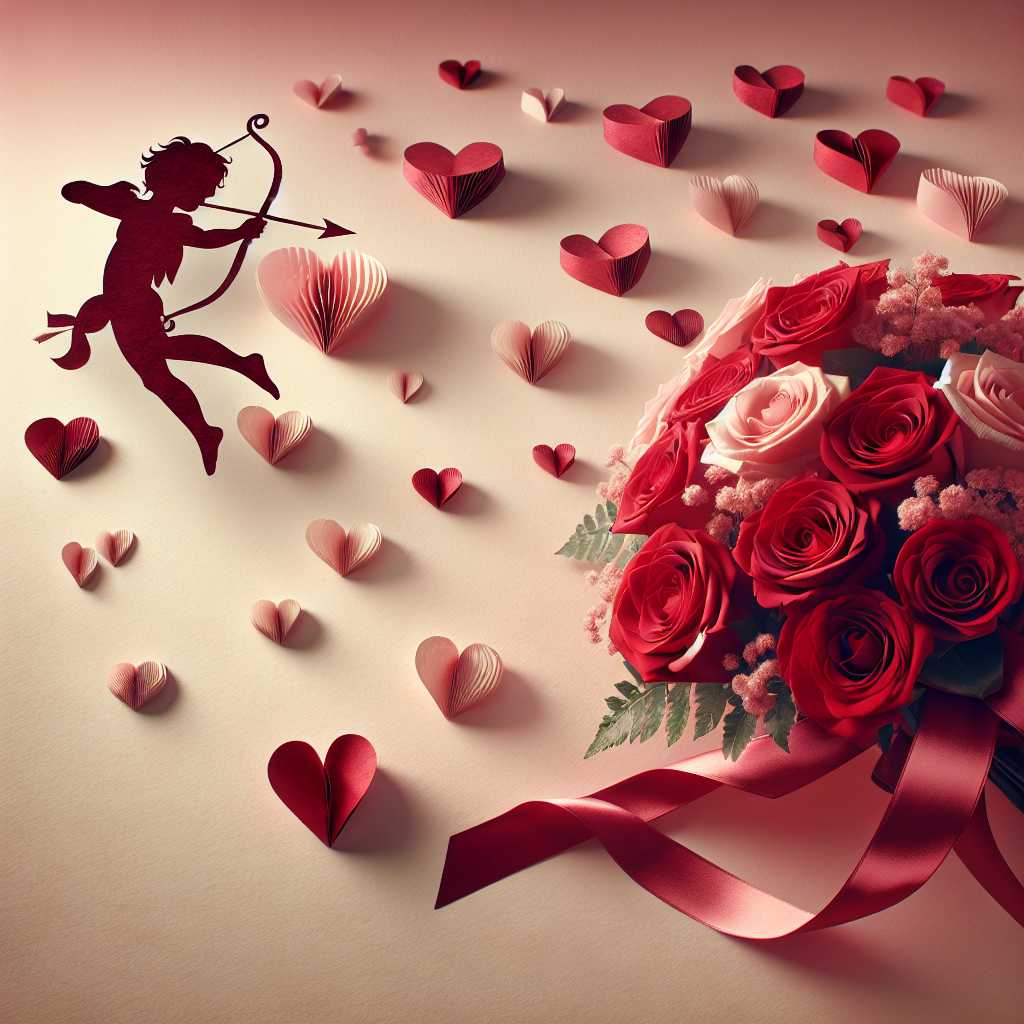The Significance and Visual Language of Valentine’s Day Images
Valentine’s Day, commemorated every February 14th, is a celebration rich in history and tradition. It has evolved over the centuries from its ancient Roman origins to become a day synonymous with love, affection, and romantic gestures among people worldwide. This evolution has been accompanied by the accumulation of distinct visual symbols and images that represent the spirit of the day. Valentine’s Day images not only enhance the aesthetic appeal of gifts and cards but also convey deep emotional sentiments without the need for words.
Understanding Valentine’s Day Imagery
Historical Origins of Valentine’s Day Symbols
Valentine’s Day owes its iconography to both ancient traditions and modern commercial influences. The heart, undoubtedly the most recognized symbol of Valentine’s Day, has its origins in the ancient belief that the heart was the center of emotion. This symbolism persisted throughout the Middle Ages and into contemporary society. Other symbols such as Cupid, the Roman god of love, have also carried forward through time, embodying the idea of passion and amorous shots striking hearts.
Modern Icons and Consistent Themes
With the commercialization of Valentine’s Day in the 19th century, especially with the mass production of greeting cards, certain images like roses, doves, love knots, and lovebirds became ingrained in the holiday’s visual language. These images often carry meanings derived from mythology or nature. For instance, roses are associated with Aphrodite, the Greek goddess of love, while lovebirds are often found in pairs and thus symbolize couples in love.
The Power of Images to Convey Emotions
Visual elements have the power to evoke emotions, and Valentine’s visuals exploit this by using soft pastel colors, flowing lines, and harmonious compositions to elicit feelings of warmth and affection. Images used in Valentine’s Day settings are meant to resonate emotionally with recipients—creating a sense of intimacy and personal connection through universal signifiers of love.
The Evolution and Trends in Valentine’s Day Imagery
Historic Traditions as a Basis for Contemporary Designs
Contemporary Valentine’s Day imagery still relies heavily on classic symbols but often gives them a modern twist. Graphic designers and artists find innovative ways to reinterpret traditional hearts and Cupids—whether it’s through abstract designs or incorporating these elements into popular memes and digital art.
Influence of Digital Culture on Valentine’s Day Aesthetics
Digital media have significantly influenced the aesthetics of contemporary Valentine’s imagery. For example, emojis and digital stickers have become an integral part of expressing affection through valentine-related images online. Platforms like Instagram and Pinterest are also filled with DIY craft ideas that blend traditional imagery with current trends to create personalized Valentine’s visuals.
Visual Marketing Around Love and Affection During Valentine’s
Businesses capitalize on Valentine’s imagery by highlighting them in advertisements, storefronts, and products. Visual marketing campaigns often showcase stereotypical reds and pinks, hearts, flowers, and couples enjoying intimate moments—images which serve as powerful stimuli triggering associations with love and celebration.
Impact of Images on Consumerism During Valentine’s
Valentine’s visual symbolism is not just about decoration; it is tightly linked with consumer behavior. Retailers use festive heart displays or packaging to entice shoppers, acknowledging that these targeted visuals can influence spending on gifts intended to convey personal sentiments during Valentine’s Day.
Notes
Historically, the heart was considered to be at the center of all emotions in various cultures; this view consecrated its place as a chief symbol of love and thus of Valentine’s Day.
Cupid is often depicted as a chubby cherub with a bow and arrow and is a Roman incarnation steeped in mythology concerning love and attraction.
Red roses have been a powerful symbol associated with romantic affection due to their association with Aphrodite (or Venus in Roman mythology), known as the goddess of love.
In recent years, eco-friendly and digital trends influence Valentine’s imagery, including e-cards to reduce paper waste and virtual gifts for environmentally conscious individuals.
According to National Retail Federation (NRF) statistics for 2021, Americans were projected to spend approximately $21.8 billion on Valentine’s Day celebrations.
Image Description
The image depicts an array of traditional Valentine’s Day symbols arranged artistically against a soft pink background. Foreground shows a bunch of bright red roses tied with a white satin ribbon; slightly out-of-focus behind are scattered handcrafted paper hearts varying in sizes. To the right margin is a silhouette drawing representing Cupid poised with a bow and heart-tipped arrow aimed diagonally upward into space reserved for text or personalized messages. The warm hues bring forth a sensation of coziness while hinting at the romantic nature of the composition associated with Valentine’s Day aesthetics.

